LiDAR Penetrates Fog and Empowers Safe Autonomous Travel
Keywords: Lidar; haze; safe driving; autonomous vehicles; intelligent vehicles; driving assistance systems; camera visibility; point cloud algorithms; dust/rain/fog filtering; detection accuracy; environmental interference; automotive-grade lidar; solid-state lidar; fiber lidar; hybrid lidar; mechanical lidar; travel safety; perception capabilities; dense fog penetration; all-weather resistance.
In environments with low visibility caused by fog, it is challenging to perceive the surroundings while driving. Even with driving assistance systems, cameras are unable to see ahead through the fog, increasing the risk of vehicle collisions. Intelligent vehicles equipped with LiDAR face difficulties as well, as the laser beams passing through the fog create point cloud noise, leading to misjudgment of obstacles and potential rear-end accidents.
Fog scenes pose one of the biggest challenges for LiDAR applications.

Naked eye view – Haze environment
To address this problem, LSLiDAR has independently developed a dust/rain/fog filtering algorithm for LiDAR. Through extensive comparative experiments and calculations between the dust/rain/fog characteristics and point cloud algorithms, this algorithm achieves higher accuracy and robustness. It significantly reduces the presence of dust/rain/fog in the point cloud while penetrating dense dust/rain/fog, enabling the detection of rear targets. This solution enhances the perception capabilities and detection accuracy of autonomous driving systems in hazy environments, thereby improving travel safety.
This algorithm can be applied to any model of LSLiDAR’s LiDAR. Currently, it has been tested and implemented on the newly upgraded automotive-grade solid-state LiDAR. With the powerful anti-environmental interference properties of high-frequency lasers, it possesses the ability to recognize and filter out dust and rain/fog.

Figure 1: Fog Filter Off

Figure 2: Fog Filter On
As shown in Figure 1-2, the LiDAR outputs high transmission power, demonstrating its strong ability to penetrate thick fog and remove fog while still preserving the presence of pedestrians, thereby mitigating the impact of foggy weather.
Furthermore, this algorithm can also be applied to the Terminator series of 1550nm fiber automotive-grade LiDAR, the CX series of 905nm automotive-grade hybrid solid-state LiDAR, and various multi-line mechanical LiDAR systems. It ensures that intelligent vehicles can safely operate in adverse conditions such as rain, fog, and heavy dust.
With the maturity and advancement of technological advancements, LSLiDAR’s in-housed LiDAR algorithms are continuously being upgraded and iterated, providing all-weather resistance to rain, fog, and dust. They serve as reliable guardians, offering robust technical support for autonomous driving.



